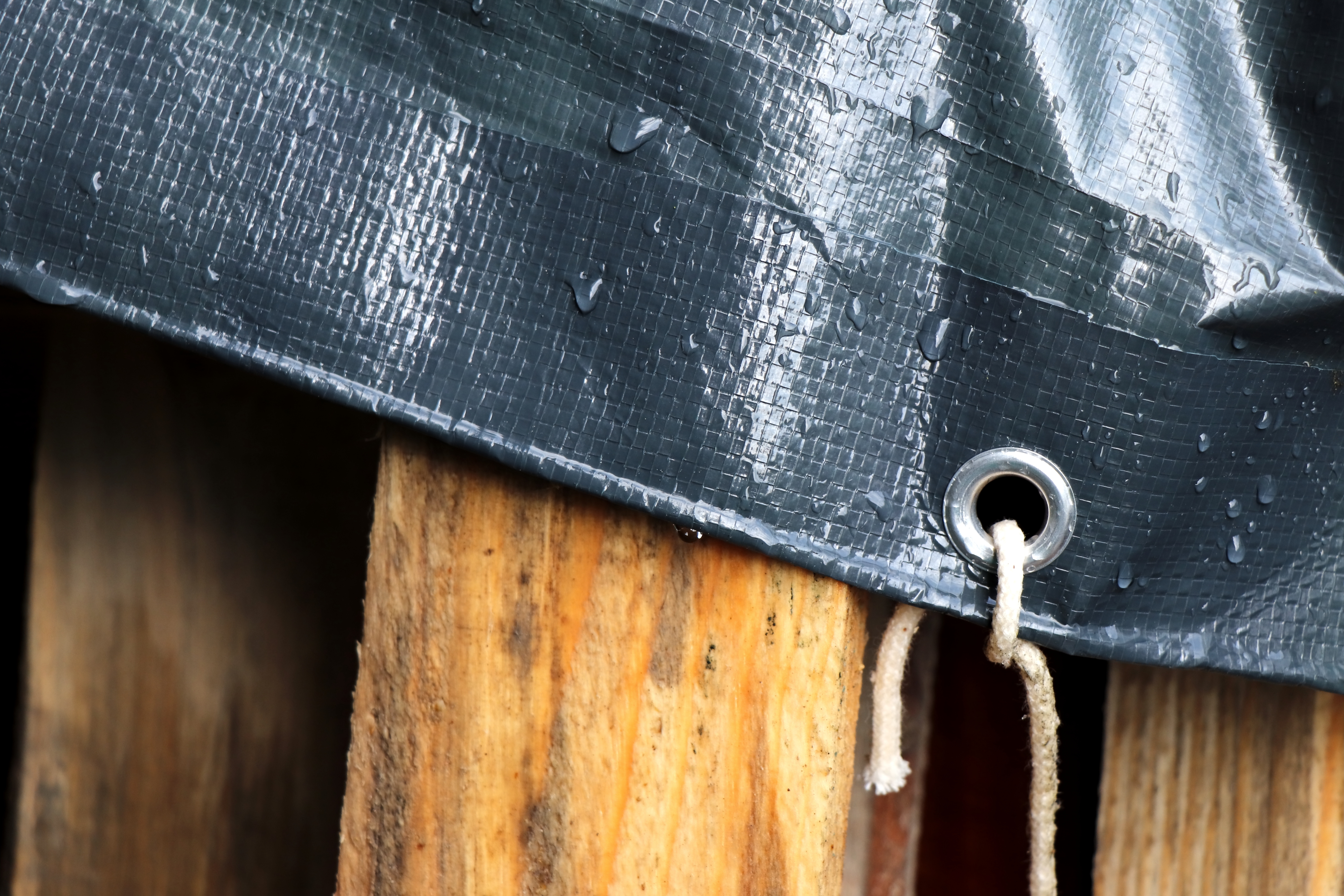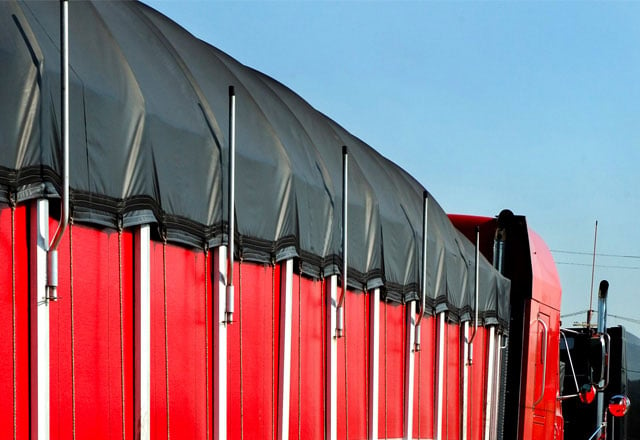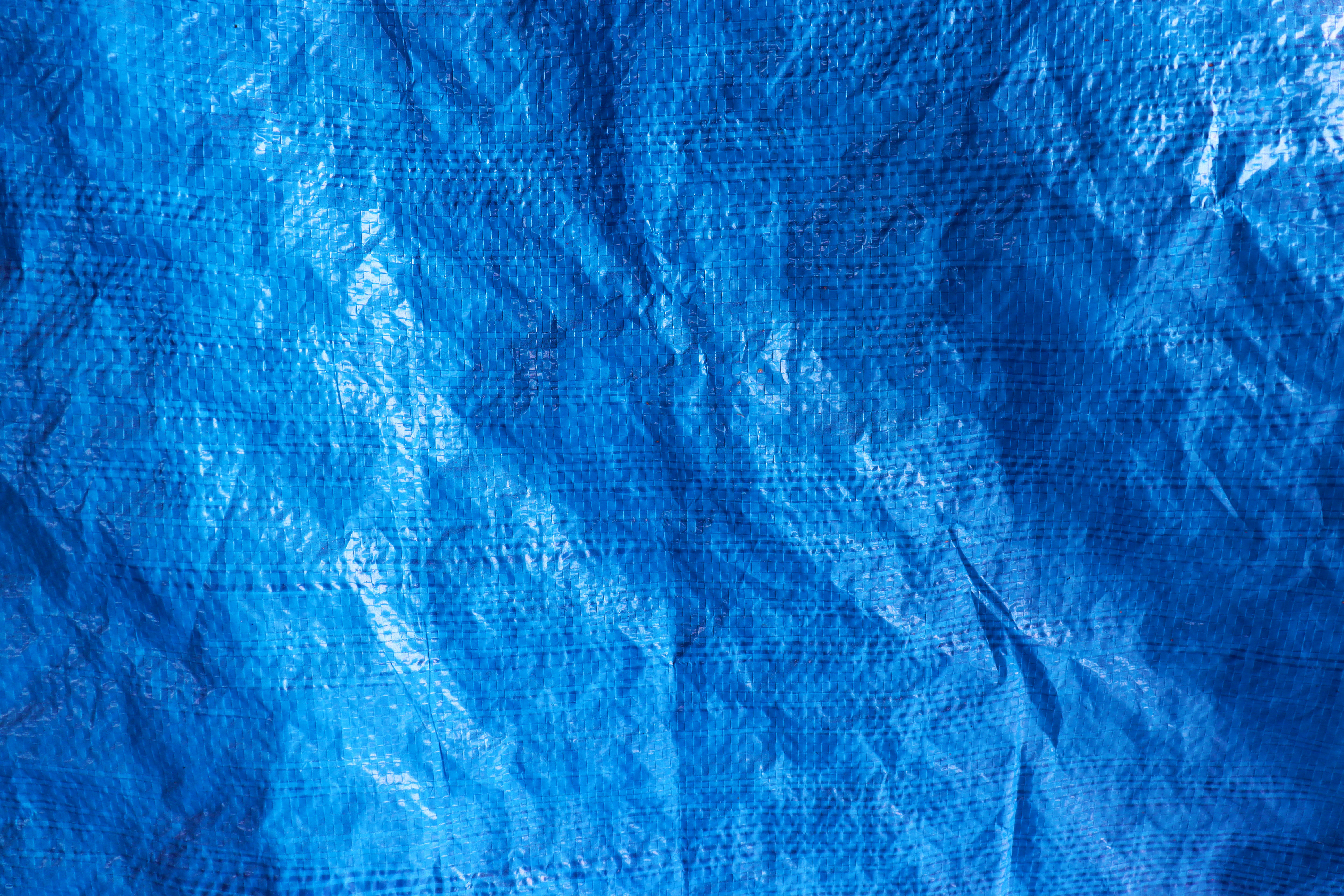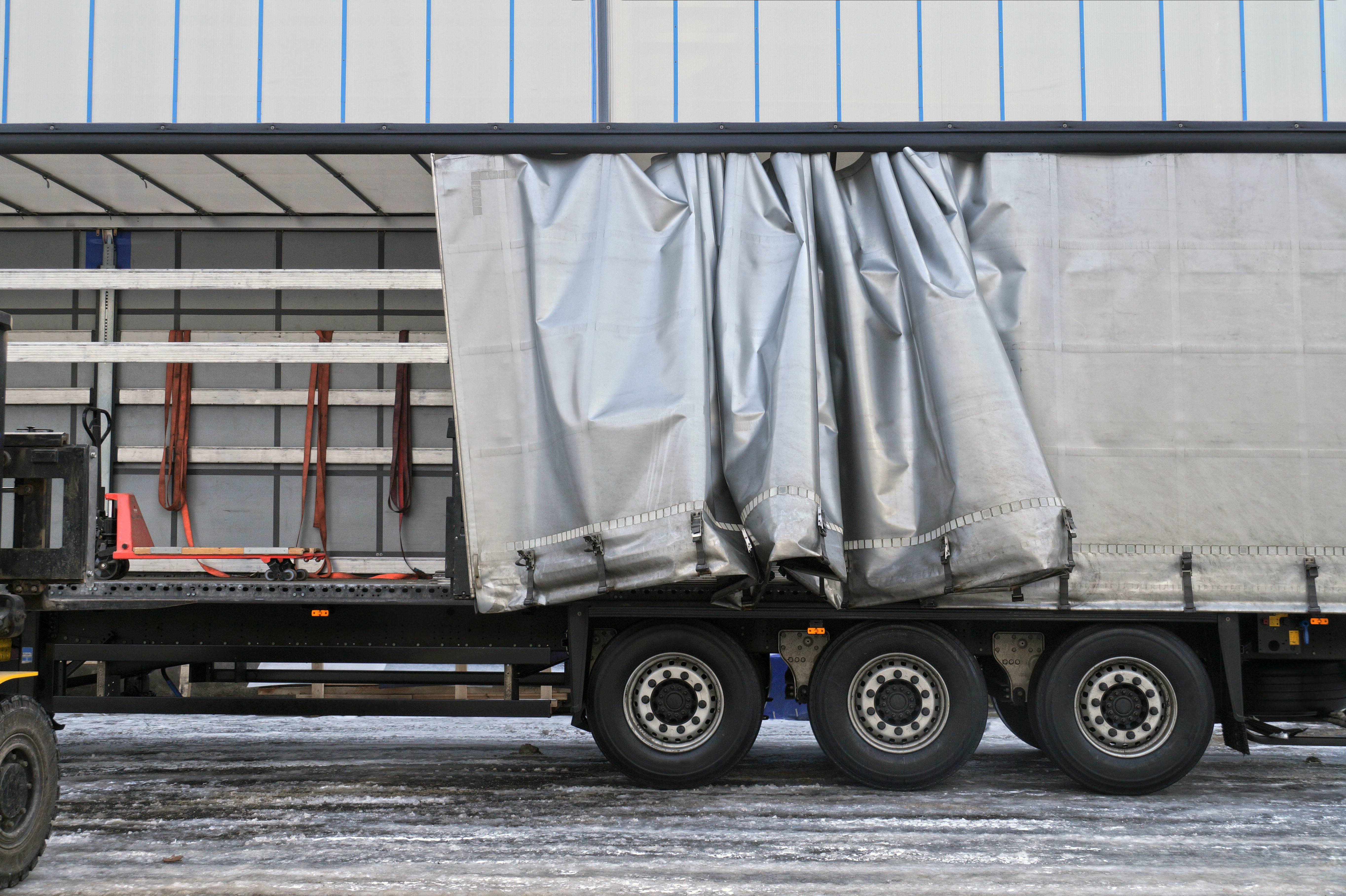Tarps are indispensable in various industries, providing essential protection against environmental conditions. Their functionality heavily relies on their ability to withstand wear, weather, and damage, which is significantly enhanced by effective tarp reinforcement techniques. This comprehensive guide will delve into these techniques, helping you to choose and apply the most suitable ones for your specific tarp applications. For further insights and innovations, visit Miller Weldmaster.
Understanding the Basics of Tarp Reinforcement
Tarp reinforcement is essential for enhancing the structural integrity and functional longevity of tarpaulins. Tarps, whether made of polyethylene, canvas, or vinyl, are used universally for protection against elements like wind, rain, and sunlight but are prone to wear and tear. The choice of tarp and its reinforcement technique directly impacts its performance and durability. Without proper reinforcement, tarps can quickly deteriorate, leading to frequent replacements and increased costs.
Types of Tarp Materials and Their Properties
Tarps are fabricated from a variety of materials, each suited to specific needs:
-
Polyethylene Tarps: These are lightweight, cost-effective, and water-resistant, ideal for temporary shelters and covers.
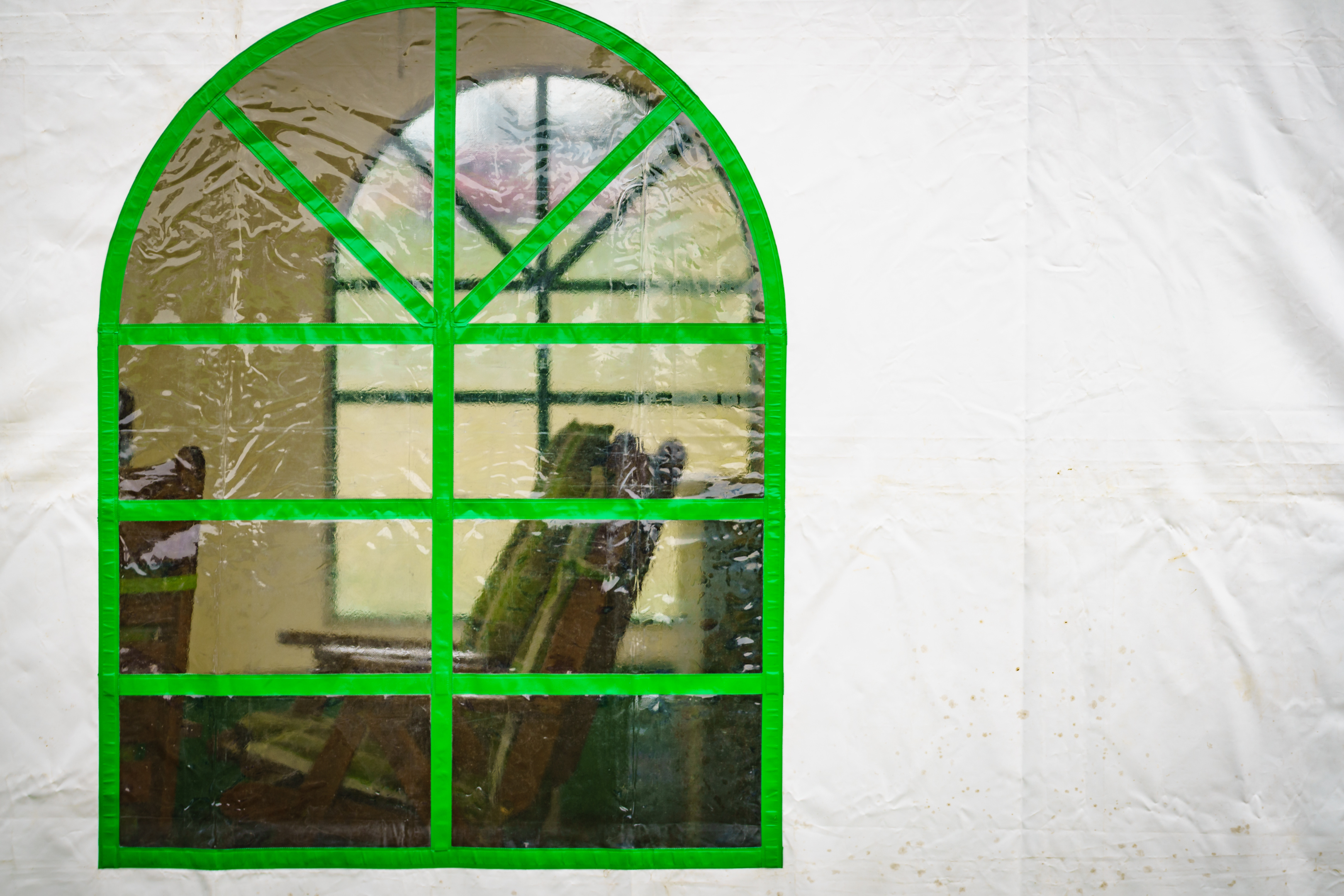
-
Canvas Tarps: Known for their breathability and durability, these are preferred in settings where air circulation is needed alongside protection.

-
Vinyl Tarps: Offering excellent waterproofing and UV resistance, vinyl tarps are suitable for long-term or heavy-duty applications.
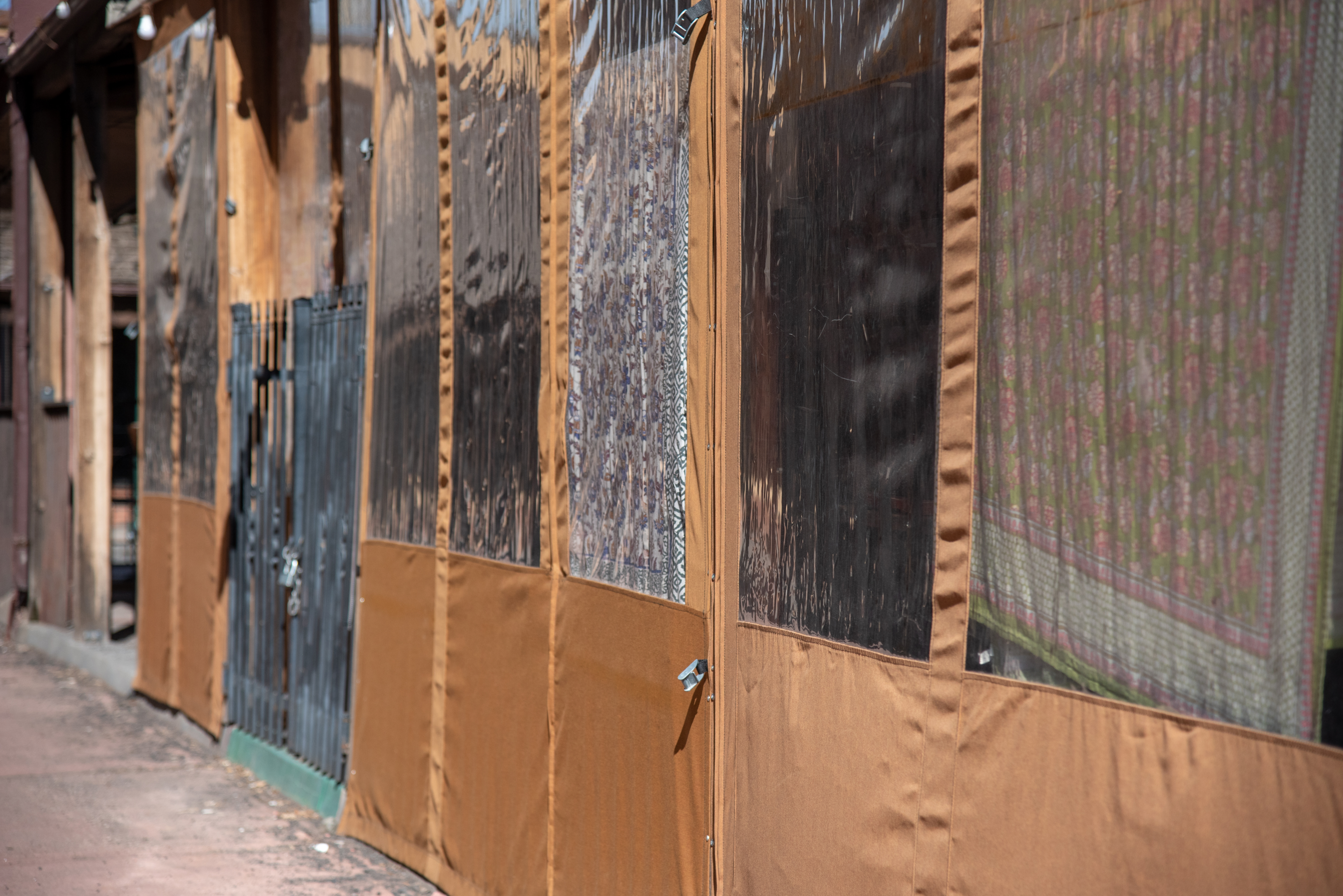
Selecting the right tarp material is foundational in choosing the appropriate reinforcement techniques, as each material responds differently to various reinforcing methods.
Key Techniques for Tarp Reinforcement
The durability of a tarp is largely contingent upon its reinforcement techniques. These methods not only prevent premature wear and tear but also ensure that tarps can withstand harsh conditions.
Heat Welding vs Sewing: Pros and Cons
Heat Welding: This method involves the fusion of tarp material edges by melting them together, creating a waterproof and durable bond. It's ideal for synthetic materials like polyethylene and vinyl, especially in applications requiring watertight seals. Miller Weldmaster has several methods available for heat welding including Hot Air, Hot Wedge, and Radio Frequency.
Sewing: Sewing adds strength through the addition of reinforcement strips at stress points. It is best suited for natural materials like canvas, where welded seals are impractical.
Both techniques have their place, and selecting between them depends on the material type and the specific needs of the application. For detailed comparisons and case studies on the effectiveness of each technique, visit Weldmaster’s resource on tarp fabrication.
Innovative Materials for Tarp Reinforcement
Innovation in tarp materials has led to more durable and adaptable solutions, accommodating an expanding range of applications with increased efficiency and performance.
Exploring Advanced Mesh Materials
Advanced mesh materials are revolutionizing tarp applications in sectors like agriculture and construction. These materials offer enhanced durability and adaptability, providing superior resistance to tearing and environmental decay while maintaining flexibility and airflow.
Best Practices in Tarp Reinforcement Application
Applying reinforcement techniques effectively is crucial for maximizing tarp longevity. This section covers essential tips for selecting and executing the right reinforcement strategy.
Quality Control in Reinforcement Application
Ensuring high standards during the reinforcement process is crucial. It includes proper alignment of reinforcement strips, precise heat settings for welding, and consistent stitching patterns for sewn reinforcements. Avoiding common pitfalls such as misaligned strips or incorrect temperature settings is essential for maintaining the tarp's integrity and functionality.
Customization and Personalization in Tarp Reinforcement
With the demand for tailored solutions in industries, customization and personalization of tarps are becoming increasingly popular. These options allow for tarps to be precisely adapted to meet specific environmental conditions, operational needs, or branding efforts.
Branding Opportunities with Customized Tarps
Customized tarps not only fulfill functional roles but also serve as powerful branding tools. Incorporating company logos, color schemes, and promotional messages can significantly enhance visibility and brand recognition. Tailored reinforcements can also address unique challenges specific to an industry or environment, combining functionality with corporate identity reinforcement.
Summing Up Tarp Reinforcement Techniques
This guide has explored various facets of tarp reinforcement, highlighting the importance of selecting the right materials and methods according to the tarp's application. The evolution of tarp technology continues to offer new solutions for enhancing durability and functionality. Staying informed about these advances can significantly impact the cost-effectiveness and efficiency of tarp applications across industries.
By understanding and implementing the right tarp reinforcement techniques, users can ensure their tarps stand the test of time and elements, proving both economical and effective in the long run. For more insights and advanced solutions in tarp manufacturing and reinforcement, remember to visit Weldmaster Industries.

